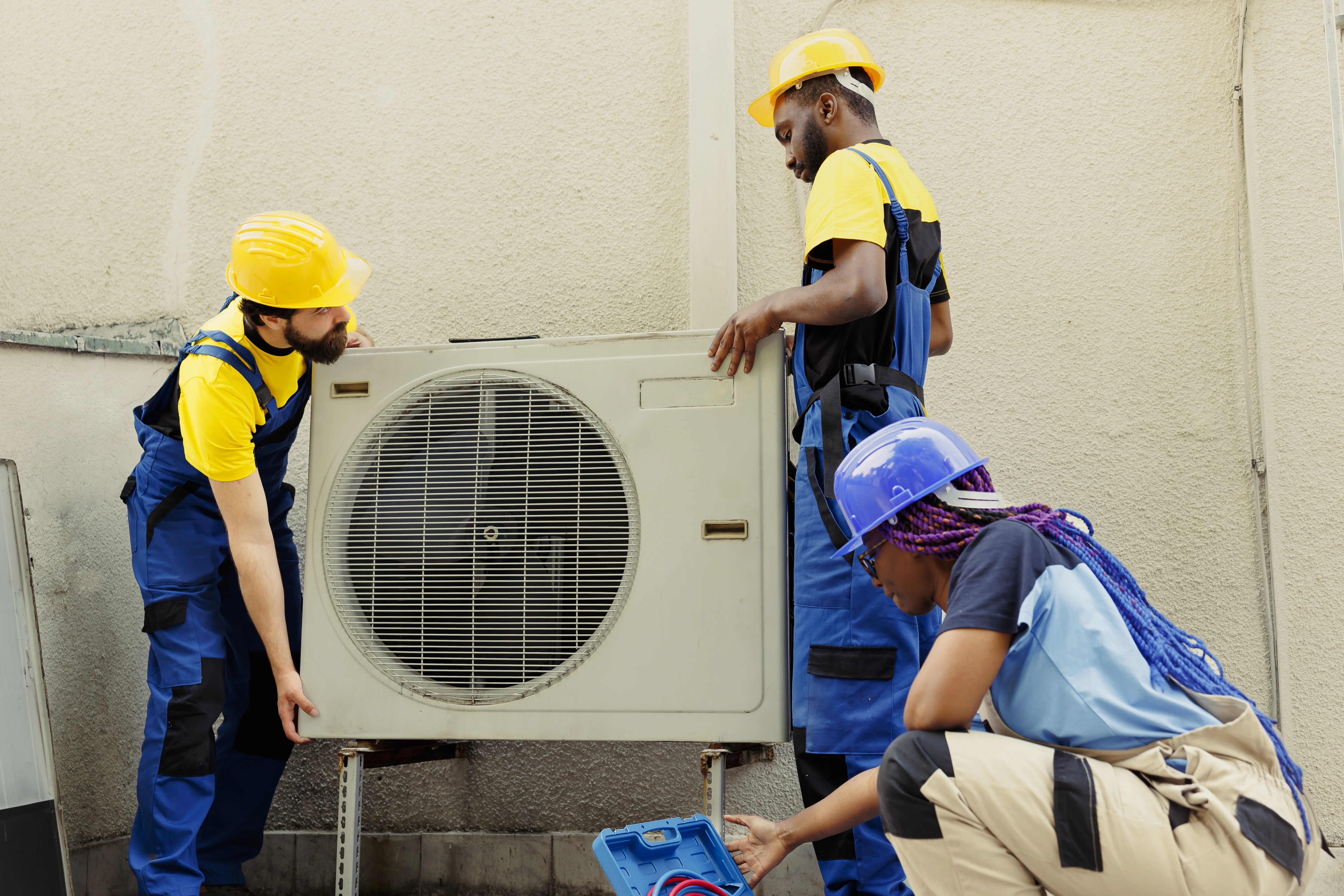We Provide Free Delivery to Most of the Cities in Qatar.
Enquire? Send Your Mail
Enquire? Send Your Mail

Staying comfortable in Qatar’s intense climate isn’t just a luxury — it’s a necessity. With temperatures soaring above 45°C during summer, a powerful and efficient HVAC system becomes essential for every home, office, and commercial property. Whether you're planning a new project or upgrading an existing system, investing in proper HVAC Installation in Qatar ensures safety, comfort, energy efficiency, and long-term performance.
In this detailed guide, we break down the installation process, cost factors, system options, maintenance needs, safety standards, and why working with experts like Al Maftol Qatar guarantees the best results.
HVAC stands for Heating, Ventilation, and Air Conditioning, and the installation process includes:
A professional HVAC installation ensures that every component works perfectly together to deliver optimal cooling without wasting energy.
With desert heat dominating most of the year, an incorrectly installed system can struggle to cool the space, consuming more electricity and breaking down frequently. High humidity and dust also affect AC performance, making professional installation essential.
A properly installed HVAC system distributes air efficiently, consumes less power, and avoids unnecessary load on the compressor. This can save 20–30% on monthly electricity bills — especially important in Qatar where AC usage is almost year-round.
HVAC systems must follow strict rules set by the government for safety, efficiency, refrigerant handling, and electrical load management. Reputed companies ensure compliance with these standards.
A well-installed HVAC system lasts longer, requires fewer repairs, and performs better even during peak temperatures.
Correct ventilation ensures better air quality, reduced moisture, and prevention of mold—especially in commercial buildings, malls, and office spaces.
|
Factor |
Description |
Impact on Cost |
|
Type of HVAC System |
Split AC, Ducted AC, Central AC, VRF/VRV systems |
Advanced systems (VRF/VRV, Central AC) have higher installation and equipment costs. |
|
Cooling Capacity (Tonnage) |
Required AC size based on room/building area |
Higher tonnage increases both unit price and installation cost. |
|
Brand & Model Quality |
Premium brands like Daikin, O General, Carrier |
Higher-quality models cost more but offer better lifespan and cooling efficiency. |
|
Installation Complexity |
Ductwork, piping, electrical setup, structure modifications |
More complex installations require more labor and materials. |
|
Energy Efficiency Rating |
EER/SEER rating of the HVAC unit |
High-efficiency systems cost more initially but reduce energy bills. |
|
Unit Placement |
Distance between indoor & outdoor units, rooftop access |
Longer piping and tough access increase labor time and material usage. |
|
Smart & Inverter Technology |
Wi-Fi control, inverter compressors, automation |
Adds additional cost depending on technology features. |
|
Building Structure |
New construction vs. renovation |
Renovations may require dismantling old units, increasing total cost. |
|
Technician Expertise |
Certified HVAC engineers vs. general workers |
More skilled technicians charge higher but ensure better safety and efficiency. |
|
Benefit |
Description |
Why It Matters |
|
Better Cooling Efficiency |
Proper sizing and installation maximize airflow and temperature control |
Ensures stable cooling even in Qatar’s harsh climate. |
|
Reduced Electricity Bills |
Energy-efficient systems consume less power |
Saves money long-term, especially during summer peak usage. |
|
Longer System Lifespan |
Professional installation reduces strain on components |
Less frequent breakdowns and fewer repair costs. |
|
Improved Indoor Air Quality |
Correct ductwork, filters, and ventilation setup |
Helps reduce dust, allergens, and humidity levels. |
|
Lower Maintenance Costs |
Correct installation prevents common issues |
Fewer service calls and extended system durability. |
|
Safety Assurance |
Proper wiring, pressure testing, and refrigerant handling |
Prevents hazards such as leaks, electrical faults, or short circuits. |
|
Better Temperature Control |
Balanced airflow and thermostat placement |
More comfort and consistent cooling throughout the property. |
|
Warranty Protection |
Most brands require professional installation |
Ensures your manufacturer warranty stays valid. |
For nearly two decades, Al Maftol Qatar has been a trusted name in HVAC systems, maintenance, and AMCs across residential, commercial, and government sectors.
Here’s what sets them apart:
Every installation is handled by trained experts with a deep understanding of Qatar’s climate and building requirements.
Al Maftol partners with leading international HVAC brands to deliver high-efficiency systems that reduce electricity usage and environmental impact.
From design and installation to maintenance and AMC services, everything is handled in-house.
All installations meet QCS and ASHRAE standards, ensuring safe and reliable performance.
To keep your system running at peak efficiency:
These simple steps can prevent breakdowns and extend the life of your HVAC system.
Depending on system type, property size, and brand, residential installations range between QAR 2,500–12,000+, while commercial prices vary based on tonnage and ducting requirements.
For homes, split and ducted AC systems work best. For commercial spaces, VRF/VRV systems offer high efficiency and flexibility.
Yes. All installations must comply with Qatar Construction Specifications (QCS) for safety and performance.
At least twice a year — before summer and winter — to keep the system efficient.
Choosing the right HVAC Installation in Qatar is essential for comfort, energy savings, and long-term performance. With the country’s harsh climate, only a properly installed and well-maintained HVAC system can deliver the cooling efficiency needed for homes and businesses.
With years of expertise, reliable service, and a commitment to quality, Al Maftol Qatar remains one of the most trusted HVAC providers in the country.